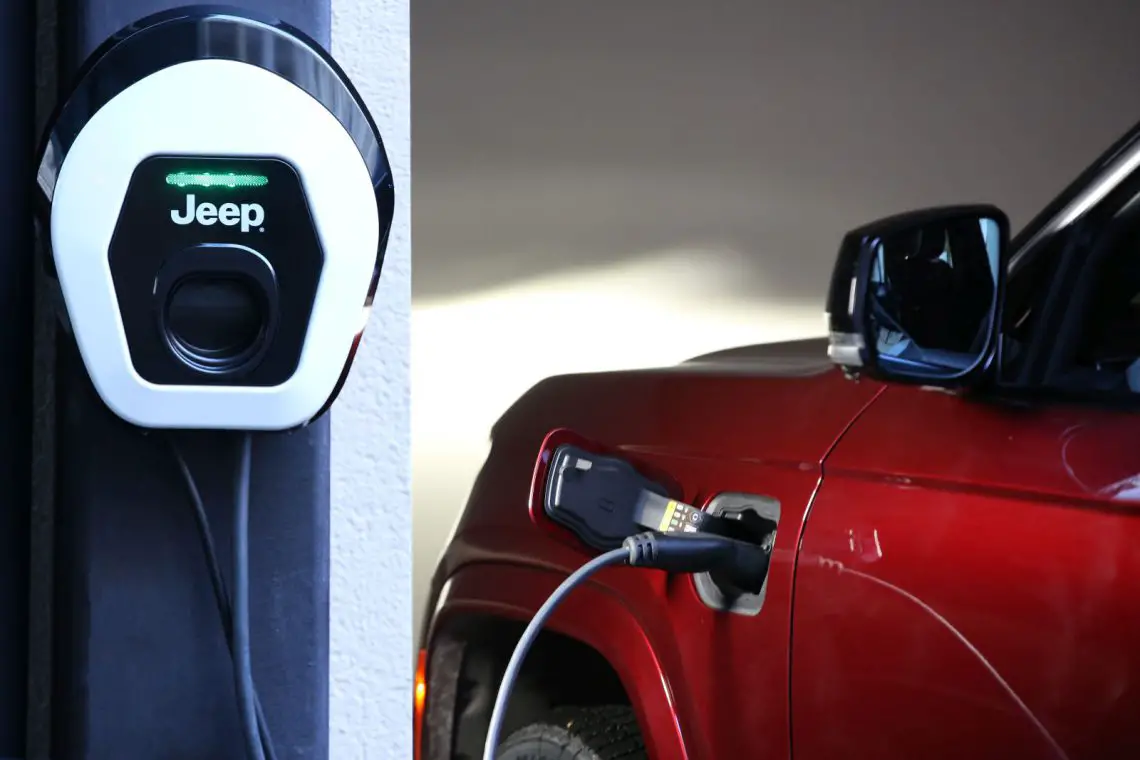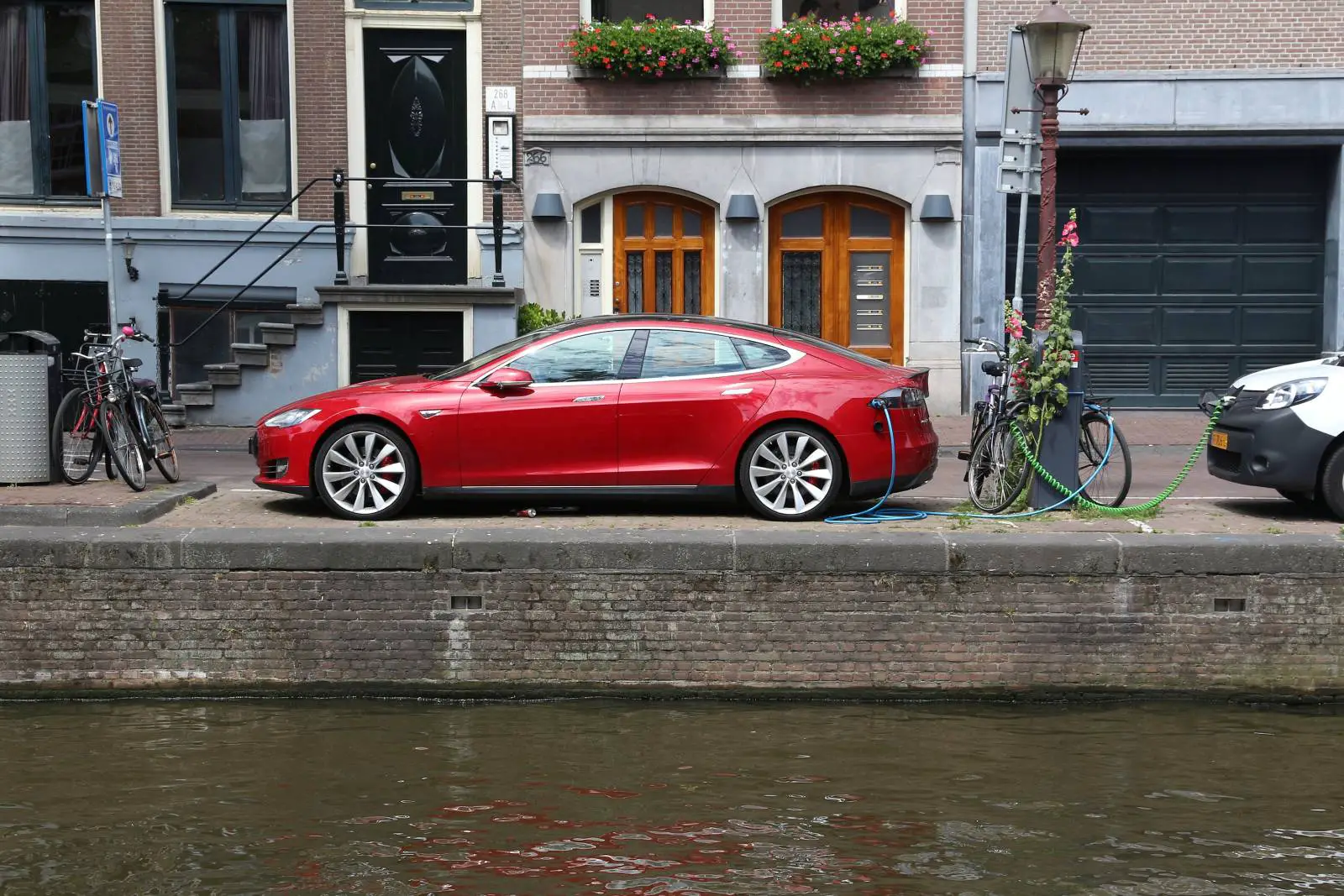Research: ‘Home charging electric car can be much cheaper’
The number of electric cars on Dutch roads is increasing noticeably. At the same time, there have also been quite a few fluctuations in electricity prices recently. Also, the energy grid in the Netherlands is on the verge of overloading. Those alone are two reasons to raise the profile of smart home charging of electric cars. According to Tibber, that does not happen enough now. Only 16 percent of those surveyed charge their electric car smartly at home, and more than half of them do not know exactly what smart charging means.
Save on home charging electric car
The latter costs a lot of money, it turns out. People who charge smart pay about 0.28 cents per kWh on average, while those who do not charge smart pay the regular electricity rate, which averaged 0.61 cents in March. So it can potentially save quite a bit to charge your car smartly. That basically means nothing more than charging your car at times when power is cheapest, such as at night or when the sun is on your solar panels during the day.
“The figures show that many Dutch people are not yet sufficiently familiar with smart charging and because of this they are missing out on a lot of money,” explained Rens Schoorl, Tibber’s managing director. “It is important that consumers know how to take control of their energy use and save money.”
Smart home charging of an electric car is now done, for example, by using a home charger that automatically keeps track of when power is cheapest, or by setting your car a start and end time for charging. Of these two, the “smart” home charger is the more accurate option.

Other ways of smart charging
An important part of today’s energy transition is making smarter use of the power on our energy grid. “Because the demand for power will continue to increase, it is important that we use smart solutions to better match supply and demand on the grid,” Schoorl said. “This way, consumers can benefit from low power prices and we can accelerate the energy transition.
Another important future development in this is using the electric car as a buffer battery. This can be done with cars that can feed power back into the home, also called bi-directional charging. Cars like the Hyundai Ioniq 5, Kia EV6 and Volkswagen ID Buzz can already do that. It means you can charge your car with solar power during the day, for example, and then use that energy to power your home in the evening. Especially if the solar electricity balancing scheme is phased out in the future, this will become an interesting option.

